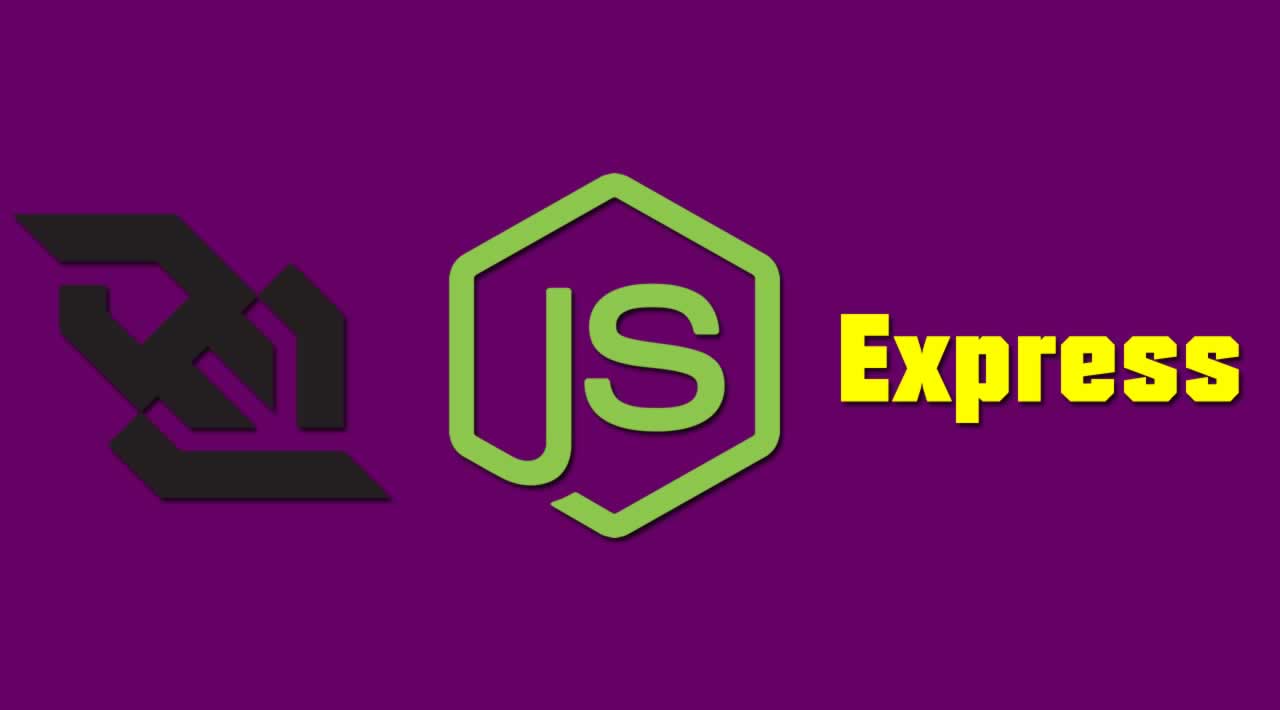
- #QUICK NODE EXPRESS SERVER HOW TO#
- #QUICK NODE EXPRESS SERVER INSTALL#
- #QUICK NODE EXPRESS SERVER CODE#
The simplest way is to just call pm2 start on your entry point. There are a lot of ways to run your app with pm2.
#QUICK NODE EXPRESS SERVER HOW TO#
I don’t want to tell you how to live your life.
#QUICK NODE EXPRESS SERVER INSTALL#
Just like everything else “JavaScript”, you install it (globally) from npm - or you can just use npx again. Pm2 is a Node process manager that has lots of bells and whistles. if you want to quick start with geeky guide then this is for you. Select Ctrl + Q, enter node.js in the search box, and then select Basic Azure Node.js Express 4 Application - JavaScript from the dropdown list. Open Visual Studio, and select Esc to close the start window.
#QUICK NODE EXPRESS SERVER CODE#
That would work, but these tools are a little on the lightweight side. Express and Nodejs tutorial along with step by step working and code available for use. In this tutorial, you begin with a simple project that has code for a Node.js and Express app. It includes hooks for the usual things you want to do with a web server, like hosting files and getting. One of them would be to simply use something like supervisor or nodemon in production the same way we are using them in dev. Express is a popular, simple web framework for node. So if we can’t run against Node in production, what is the right way to run Node in production?ĪDVERTISEMENT Options for production Node This is one of the main reasons why people say “never run directly against Node in production”. One error in one method took the application down for everyone.

Which means if you go back to the browser and try to go to the root URL of the site, you get the same error page. If you go back to your terminal you will see that the application is completely down. Which - no big deal right? It’s one error. If we run this directly against Node with npm start and navigate to the read endpoint, we get an error because that file doesn’t exist. viewed at app.get("/", function(req, res) !`)) This is powered by RunKit, which provides an interactive JavaScript playground connected to a complete Node environment that runs in your web browser. The simplest Express server I can think of… const express = require("express") Let’s talk about the reasoning behind this statement. Never run directly against Node in production Perhaps our relative Venn Diagrams don’t overlap on this subject.įirst off, let’s address the statement “never run apps directly against Node in production”. Well, assuming that Alicia’s diagram is true, I would like to share with you what I now know about running Node apps in production. The input for the mkdir command is express-tutorial, so cd translates to cd express-tutorial. Here we used which is an alias for the input of the last command. I don’t control what gets played next while I’m writing this article and Dashboard Confessional is a helluva drug. To get started, create and change into a folder for your project. I don’t want to spend the rest of my life as a tiny, shrinking blue dot of insignificance. I love this diagram so much because I want it to be true.

There is a better diagram created by Alicia Liu that kind of changed my life. If I was to draw a Venn Diagram of what I know vs what I feel like everyone else knows, it would look like this…īy the way, that tiny dot gets smaller the older I get. But I didn’t know that! Should I have known that?!? AM I STILL ALLOWED TO PROGRAM?

I nodded vigorously to signal that I also would never ever run against Node in production because…hahaha….everyone knows that. Just a few weeks ago I was talking to a friend who mentioned off-hand, “you would never run an application directly against Node in production”. The package.json file should look like this: )Įrr.message || "Some error occurred while retrieving tutorials.Sometimes I wonder if I know much of anything at all. Code language: JavaScript (javascript) Third, create an index. Assign the express method to a constant like this: const app express () 3. In the file, Require express like so: const express require ('express') 2. Code language: JavaScript (javascript) Second, run the npm init -yes command: npm init -yes. Create a new file named app.js or whatever suits you. Run the command: npm install express sequelize tedious cors -save First, create a new project directory named express-server. We need to install necessary modules: express, sequelize, tedious. Keywords: node js, crud, sql server, mssql, express, sequelize, rest api Next, we initialize the Node.js App with a package.json file: npm initĭescription: Node.js CRUD example with SQL Server (MSSQL) First, we create a folder: $ mkdir node-js-crud-sql-server


 0 kommentar(er)
0 kommentar(er)
